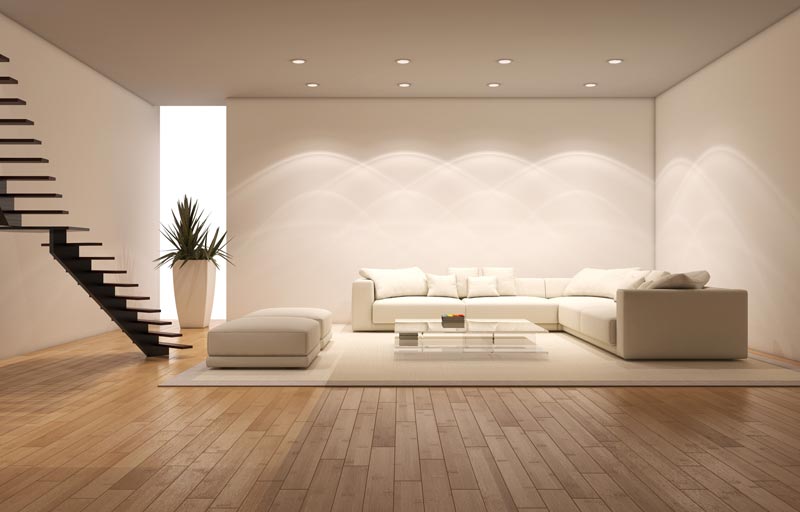Thinking about remodeling or starting a new architectural project?
If so, give careful thought to your lighting design. The lighting of a room is an important part of the design and it takes the project to the next level.
Read on to learn more about the importance of lighting.
Energy Efficiency
Architects always have to take into consideration energy efficiency when thinking about lighting design.
In recent years, architecture has evolved to design greener buildings. The goal is to be more focused on energy consumption and sustainability.
New “smart” light designs focus on controlling the lighting from every room of the house. Light dimmers dominate newer designs because they allow for controlling the intensity of the light in a specific area.
Smart lighting allows a person to complete tasks in a certain area while only using the light necessary to do so.
Human Element
Various studies have proven the lighting of a room affects people’s moods and productivity.
When thinking about lighting design, the human element plays an important part. The light in a room influences the following:
Mood
Do you ever feel down during gloomy days? That’s because lack of light often triggers depression.
It does the same thing indoors. A lack of natural light and too much artificial light makes people moody.
Productivity
When you spend a lot of time under fluorescent light, the brain tends to get overstimulated. This overstimulation might make people feel uneasy and nervous.
This feeling affects concentration and reduces productivity. Light dimmers and warmer lights tend to help with this problem.
Sleep Cycles
As humans, we have a built-in biological clock. Our exposure to daylight influences the process.
Too much exposure to bright light during the evening can delay our sleeping schedule. Dimming the lights before bed, however, has a calming and drowsy effect.
Architectural Aesthetic
Lighting is more than a function of architecture. These days, it has become an extension and a part of the overall design.
Architects no longer design the lighting of a room thinking about functionality. They do it to complement the colors of the room and to highlight the structural design.
Natural Light
Incorporating natural light into an architectural design is not as straightforward as it sounds. While you need natural light for energy efficiency purposes, you also don’t want just to add it anywhere.
Architects think about the orientation and position of a building before determining how much natural light a place needs.
While it makes sense to add many windows to bring in natural light, they also bring in natural heat. Window placement has to be well thought out and strategically sound.
Ready to Get Onboard with Lighting Design?
Lighting design is all about thinking about the person’s needs. It should be functional and energy efficient and use balanced elements of natural light.
Architectural trends are always evolving to make rooms and buildings more sophisticated.
Do you enjoy learning about the latest trends in architecture? If you do, then visit our blog for the latest trends and tips and contact us to learn what we can do for your next project.
Michael Helm is a recognized leader in the architectural design and consultation fields. He has more than twenty-four years experience and more than 200 projects to his credit. He has extensive experience with demanding projects and enjoys a high level of success and comfort working with clients, design and construction teams.

